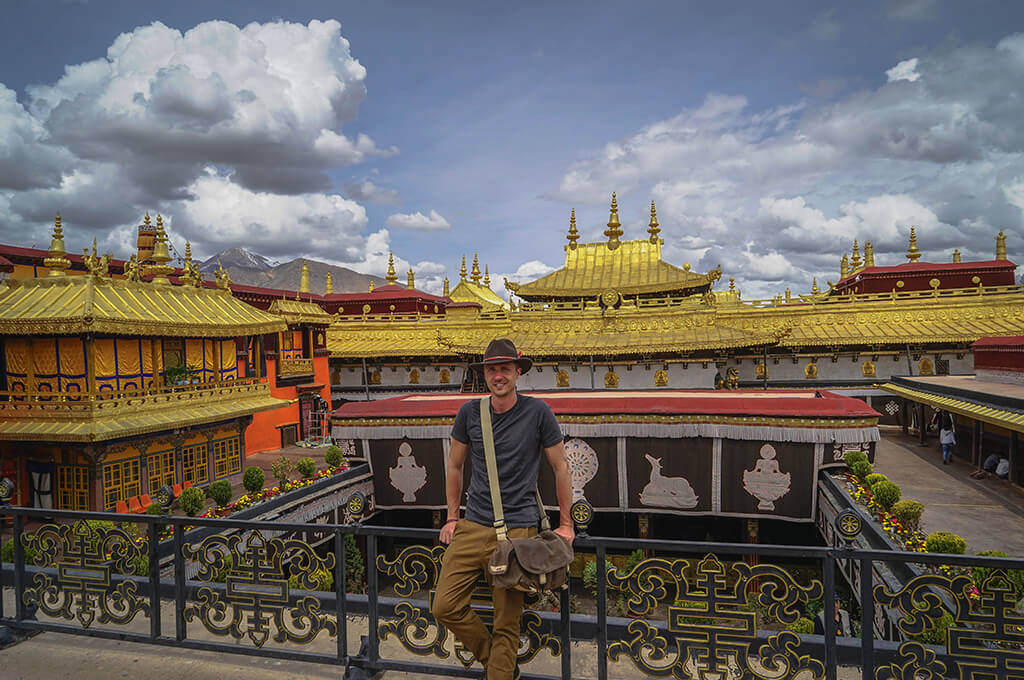Tibet is more than your average global tourism haven as it has a rich and vibrant culture. Apart from being one of the most important seats of Buddhism on a global level, Tibet has a lot more to offer for your senses. Like every other region in Asia Tibet has a distinct culture that upholds good values. If you are traveling to the region soon, knowing about its culture will enhance your experience.
The Culture of Tibet
Tibet has its own language and distinctive cultural norms that should not be confused with any country including China. Most people who visit Tibet for the first time are awestruck by the depth of its cultural heritage and colorful history. Take a look at the different aspects of Tibetan culture below.

- Art – Tibet is a region with deep religious values and its art reflects that. Some of the most famous art instances can be found in paintings, ornaments, statues, and coins. Many religious texts also contain prominent art examples. Its art has several influences including Mahayana Buddhist, Bon, and Tantric Buddhism.
- Architecture – The architectural styles found throughout Tibet are also influenced by its Buddhist roots, along with some Chinese influences. Some of the most prominent examples of architecture can be found in buildings such as Drepung Monastery, Jokhang Monastery, Tashilhunpo Monastery, and Sera Monastery. It is not uncommon to see inside-inclined walls, ornamental roofs, and bright colors.
- Food – Tibet has a rich and flavorsome food culture with various offerings that ensure sustenance and satisfaction of one’s taste buds. You can expect to find a variety of dishes with ingredients such as yak meat, milk products, barley, potato, and mutton. Being a landlocked mountainous region brings certain limitations but the food choices are quite sumptuous. Tsampa, thukpa, butter tea, Raksi, Chang and sweet tea are some of the must-try Tibetan delights.
- Performing arts – Music and dance play a central role in the lives of Tibetans as reflected by its colorful operatic performances. The themes reflected through different forms of performing arts include Buddhist religious teachings, folklore, mythology, and Tibetan culture. You can expect to witness elaborately choreographed song, dance and drama sequences, along with dramatic costumes.
These are some of the key Tibetan culture facts. To explore the vibrant culture yourself, book a trip with us.
